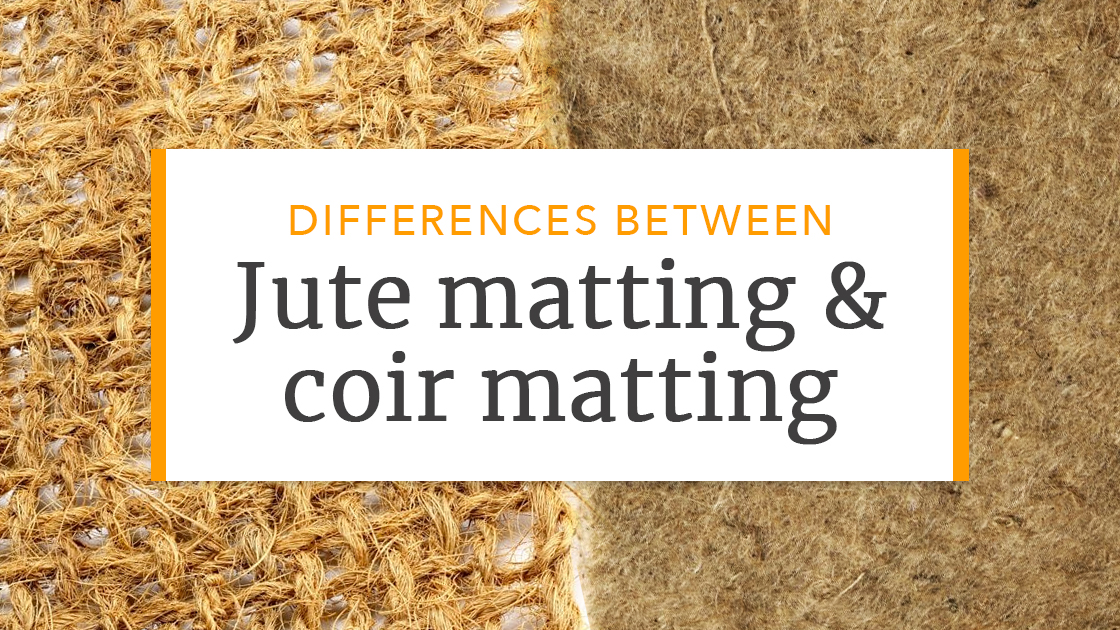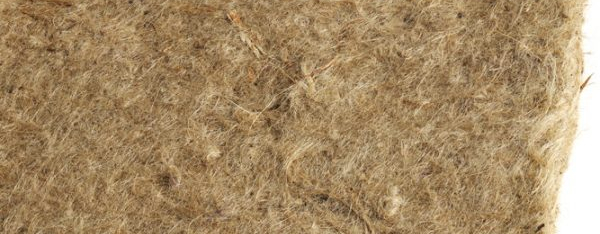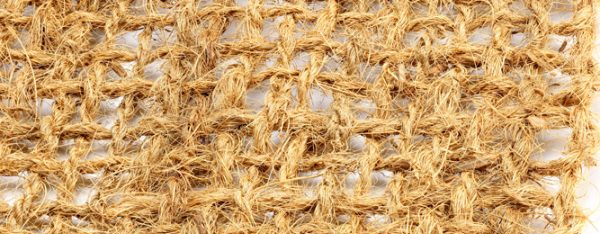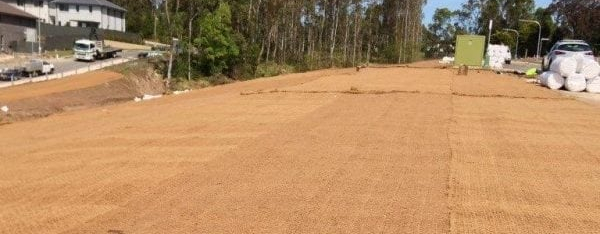Differences between jute matting and coir matting
3 mins readSoil erosion can appear in many different ways, locations and seasons. We must take the necessary precautions with our land to maintain and even fight the consequences of erosion. After all, it can be costly and hazardous to let it go unmanaged.
Let’s examine the differences between two of the most effective erosion control materials, jute matting and coir matting so that you can make the right choice.
Jute matting
Jute is one of the longest-standing and most prevalent fibres in the world. It is regarded as the “golden fibre” because of its golden and silky texture. It is 100% natural and bio-degradable, being extracted from the bark of the white jute plant. Thriving in the tropics, it has little need for pesticides or fertilisers. Also, it has many uses and is said to come second only to cotton in affordability and function.
Jute matting has many benefits for your soil. Its design is like a piece of clothing – breathable. This allows air and water to pass through so it doesn’t impede the soil’s health and fertility. It is an effective material that can help lower water costs by promoting water retention and soil moisture while supporting new growth.
Used for slopes, garden beds, high-wind coastal areas and more, jute matting can be ordered in varying thickness depending on your needs. Thin jute is lighter and is highly suitable for garden beds, while thick ones are fit for use in sand dune areas. Because it blocks more sunlight than other mattings, it is a good weed preventer as well.
Coir matting
Coir is made from the inner shells of coconuts. Like the former, it is 100% bio-degradable. Despite this, it is still designed to be a permanent solution as it can retain moisture and withstand high wind and heat.
Coir matting is especially useful when combined with vegetation regeneration. The vegetation develops with the matting to form a strong erosion defence. It is a more suitable solution for those looking for an easy-to-install and long-lasting material.
Used for landscaping, roadsides, mining and regeneration sites, this type of matting is highly effective at fighting erosion and promoting vegetation growth. Coir also has anti-rotting properties which aid in its durability and help with plant health.
Saltwater areas are also suitable for coir matting as it is resistant to damage from the harsher element. It is also less acidic than other mattings, making it better for soil enrichment and seedlings that are still trying to grow.
These are some of the most important aspects of jute and coir matting that may aid in your decision-making. For a side-by-side comparison of these two erosion control materials, see below.
All Stake Supply is one of Sydney’s leading erosion control experts and can assist you in discerning between jute or coir matting options. Our friendly team can further help you in making sure you get exactly what you need.
Give us a call today at 1300 120 123 for all your environmental terrain solutions.




